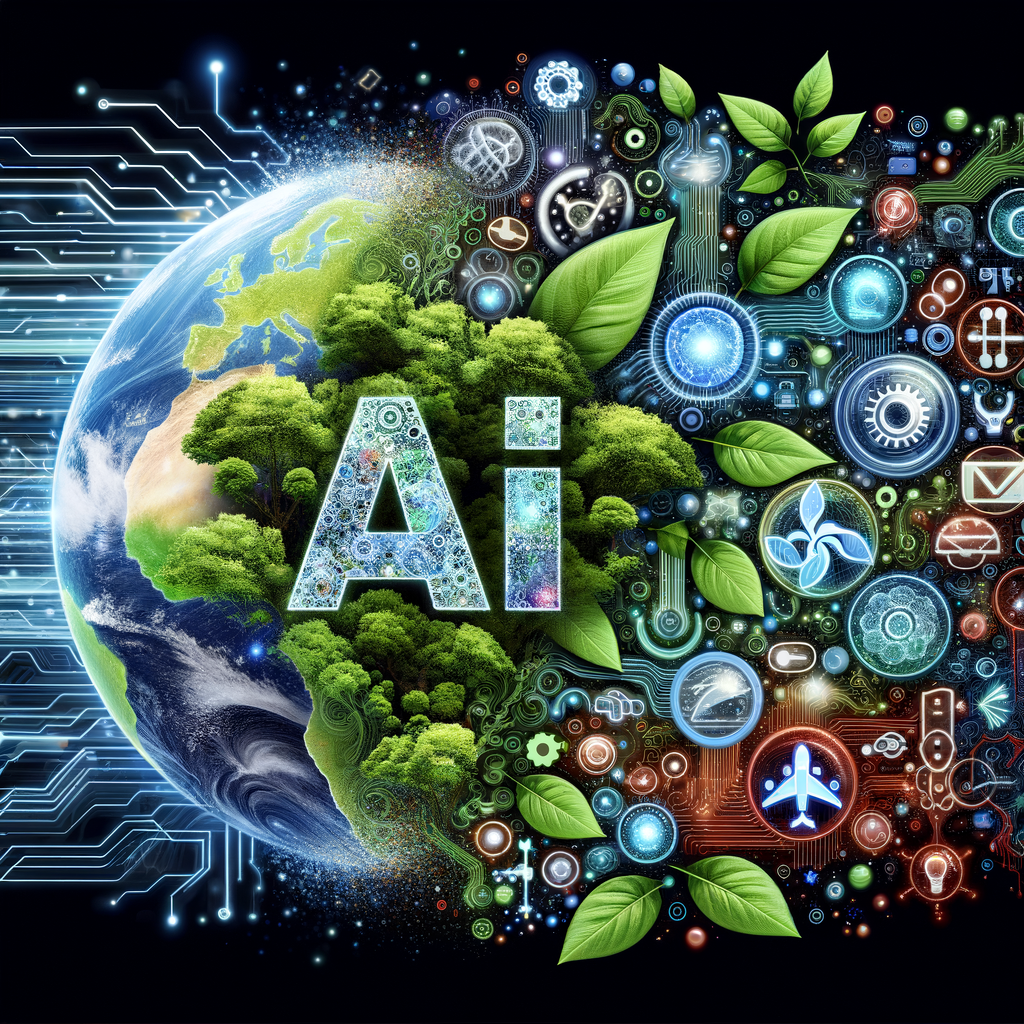
AI in Environmental Conservation: Merging Technology with Nature
Explore how artificial intelligence is being leveraged to aid in environmental conservation. This blog post delves into the innovative applications of AI in monitoring ecosystems, fighting climate change, and preserving biodiversity. Discover how technology and nature can coexist in harmony to ensure a sustainable future.
AI in Environmental Conservation: Merging Technology with Nature
Introduction
In recent years, the union of artificial intelligence and environmental conservation has opened up fascinating new possibilities for protecting our planet. AI is no longer just a tool for financial analysis or social media personalization; it's becoming a critical component in the global search for sustainability. This blog explores the profound implications of AI technologies in nature conservation and the fight against climate change.
AI in Ecosystem Monitoring
Monitoring wildlife and natural ecosystems is a vital part of conservation efforts. However, traditional methods can be costly, time-consuming, and prone to human error. AI addresses these challenges by utilizing machine learning algorithms and sensors placed in key areas to monitor animal movements and track changes in environments.
Species Identification
Computer vision algorithms trained through machine learning can automatically identify species from photographs or videos, thus eliminating the tedious task of manually cataloging each image. Conservationists are now able to study large datasets of footage to learn more about the biodiversity in different regions and assess the health of various species.
Habitat Mapping
AI-powered drones create detailed habitat maps, offering insights that were previously impossible to obtain on a large scale. These maps help conservationists understand habitat changes over time, and formulate viable strategies for habitat restoration and protection.
Combating Climate Change
AI also plays a key role in combating climate change through improved precision, efficiency, and prediction features.
Renewable Energy Optimization
AI algorithms can optimize energy usage in real-time by predicting demand patterns, optimizing the allocation of energy resources, and thereby minimizing waste. This is crucial for integrating renewable energy sources, such as wind and solar, into the grid more efficiently.
Predictive Analytics
AI helps scientists predict extreme weather events and assess climate change impacts with greater accuracy. Through big data analytics, AI-designer models can simulate climate patterns and forecast changes, allowing for prompter and more informed decision-making.
Preservation of Biodiversity
The protection of biodiversity is essential to maintain ecosystems and, consequently, human life. AI applications enable targeted interventions that can significantly enhance conservational impacts.
Poaching Detection
Remote sensing technologies, powered by AI, notify rangers of irregular activities within protected areas in real time. Predictive algorithms anticipate poacher movement patterns, enabling preventive measures and protecting endangered species from illegal hunting.
Invasive Species Control
By utilizing AI models to predict the spread of invasive species, environmental scientists can better focus their efforts on control measures, thus preventing ecological disasters.
Smart Agriculture
Agriculture plays a prominent role in both climate change and biodiversity. AI's smart agricultural technologies pave the way for sustainable practices.
Precision Farming
AI-driven platforms analyze weather conditions, soil quality, and crop health to determine optimal farming practices and water usage, thereby reducing the environmental footprint of agricultural operations.
Pest and Disease Management
Machine learning models predict outbreaks of pests and diseases in crops, helping farmers take proactive measures to protect their yields while minimizing chemical usage.
Challenges and Future Directions
While the fusion of AI and conservation is promising, it is fraught with challenges such as data privacy, technological accessibility, and ethical considerations. The future of AI in environmental conservation depends on global cooperation and continuing innovation to address these pressing issues.
Conclusion
Artificial intelligence holds significant promise for enhancing environmental conservation efforts worldwide. By employing new technologies for monitoring, predicting, and acting on critical data, we can help ensure a healthy and sustainable planet for future generations. As advancements in AI continue to accelerate, its role in conservation will undoubtedly grow, leading to innovative solutions and a deeper understanding of our natural world.